Marianne North (1830-1890)
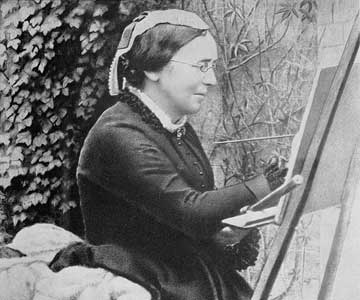
Marianne North is known at Kew for her botanical oil paintings. She traveled the globe twice, once in each direction, with a purpose. She intended to paint as many flowering tropical species as she could and any others she saw along the way. Her travels eventually made her sick and she died before the age of 60. Her collection of 832 oil paintings of over 900 species of plants, resides in a studio space in Kew Gallery that Marianne had constructed and paid for herself.
Born in Hastings, England, to an aristocratic family, Marianne was educated as a gentlewoman. She had a fine singing voice and took music lessons. She could draw and paint well but did not receive any formal training. When she was 25 years of age her mother died of a long illness. As a promise to her mother Marianne spent the next years taking care of her father and being his companion. Marianne and her father settled in London where she met Sir William Hooker (botanist and director of Royal Botanical Gardens Kew) and where she could visit Kew and Chiswick Gardens and develop her painting skills. With her father she made many journeys and traveled to Hungary, Italy, Greece and Egypt. At the age of 40 her father died and Marianne found herself alone.
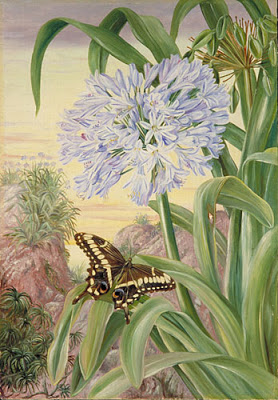
She traveled some on her own but it wasn’t until she was invited to the United States that Marianne had found a renewed purpose to her life: to paint all the flowering species in all the tropical countries in the world. Armed with letters of introduction she began her first trip around the world. Her modus operandi was to either stay with someone she knew or met through her letters of introduction or rent a small house from which to do day trips. There she would walk the area alone or with a hired guide and spend the day painting. She frequently encountered people who thought it dangerous and shocking for her to be traveling on her own. Marianne would first sketch her subjects in pen and ink on paper and then finish it by squeezing the paint right out of the tube onto paper. She had developed a quick way of painting and is known to complete a picture a day. She was never considered a professional botanical painter as her paintings often lacked details due to the speed of her work. They are however, considered accurate. The result was bright, bold paintings of tropical plants in their natural settings.
Marianne’s travels were not without incident, however she certainly did not encounter difficulties or life threatening situations compared with other early travelers of the period. She did develop rheumatism which plagued her on her return trips home or in cool, high altitudes. It would be rheumatism that hastened her early death.
Four species and one genus are named after Marianne North;Northia seychellana a tree in the Seychelles, Crinium northianium a relative of the Amaryllis, Areca northiana a Feather Palm, and Kniphofia northiana the African Torch Lily.
Margaret Meen (fl.1775-1824)
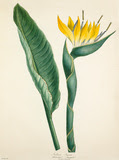
Born in Suffolk, England, Margaret moved to London to teach painting of flowers and insects. She exhibited her work as a botanist at the Royal Academy and the Watercolour Society.
Margaret Meen‘s output of floral paintings is considerable. She made many hundreds of paintings of exotic plants at Kew Gardens and elsewhere. Her collection is now part of the Kew Herbarium. The Victoria and Albert Museum houses a handful of her watercolours. Although prolific, her work is considered amateur by botanical standards. Margaret did publish “Exotic plants from the Royal Gardens at Kew” (1790), which is dedicated to Queen Charlotte. Her intention was to publish two parts a year but that never materialized.
Alice Hutchings, Gertrude Cope, Eleanor Morland
‘They gardened in bloomers the newspapers said,
So to Kew without waiting all Londoners sped;
From the tops of the buses they had a fine view,
Of the ladies in bloomers who gardened at Kew.’
Punch, 1896
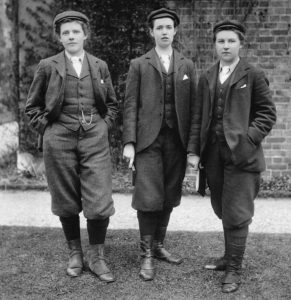
In 1896 the director at Kew decided to hire three women gardeners. It was a bold move and one it seemed he was hesitant to make. The Horticultural College for Women at Swanley in Kent approached Mr. Thiselton-Dyer to hire two of their qualified students as improvers. Alice Hutchings and Gertrude Cope were the first to be admitted and later in the year they were joined by Eleanor Morland. However Thiselton-Dyer allowed their admittance on the condition that they wore clothing that would not arouse their fellow workers.
Our ladies wore brown knickerbocker suits (bloomers), thick woolen stockings and brown cloth peaked caps – just like the men. Over this uniform they wore long mackintoshes when walking to and from work. Apparently the caps caused some discomfort as the ladies wore their hair long and it was difficult to keep it under the cap. According to the Journal of Horticulture the wearing of knickerbockers was preferred as ‘the need to avoid potential damage to plants by voluminous skirts in crowded glasshouses.’ Perhaps that is so as the ladies did on occasion work in the orchid glass house, but also worked outdoors in the ‘pit’, the Rock Garden, and the Locked Garden.
The ladies did cause a stir in the village of Kew. The Daily Telegraph wrote articles on them and commented that
“Mrs. Grundy will, no doubt, raise her hands in horror at the idea; but, after all lady -gardeners in trousers are much better equipped for the work than was the first gardeneress, Eve, when she showed Adam how to gather fruit, and afterwards eat it.”
The Gardener’s Chronicle did not approve of the idea of women ‘digging in manures and tramping over the fields’, and the Journal of the Kew Guild admitted ‘The experiment has so far proved satisfactory…’ however qualified with but ‘…they can scarcely hope to become all-round gardeners capable of managing a garden single-handed’.
The Horticultural College for Women at Swanley in Kent opened in 1889, teaching a two and three year program for both men and women. In 1895 it became a college for women only. It existed until 1945 when the property was bombed. Later the college became part of Wye College, Ashford, Kent.
Links:
https://www.kew.org/read-and-watch/lady-gardeners-of-kew
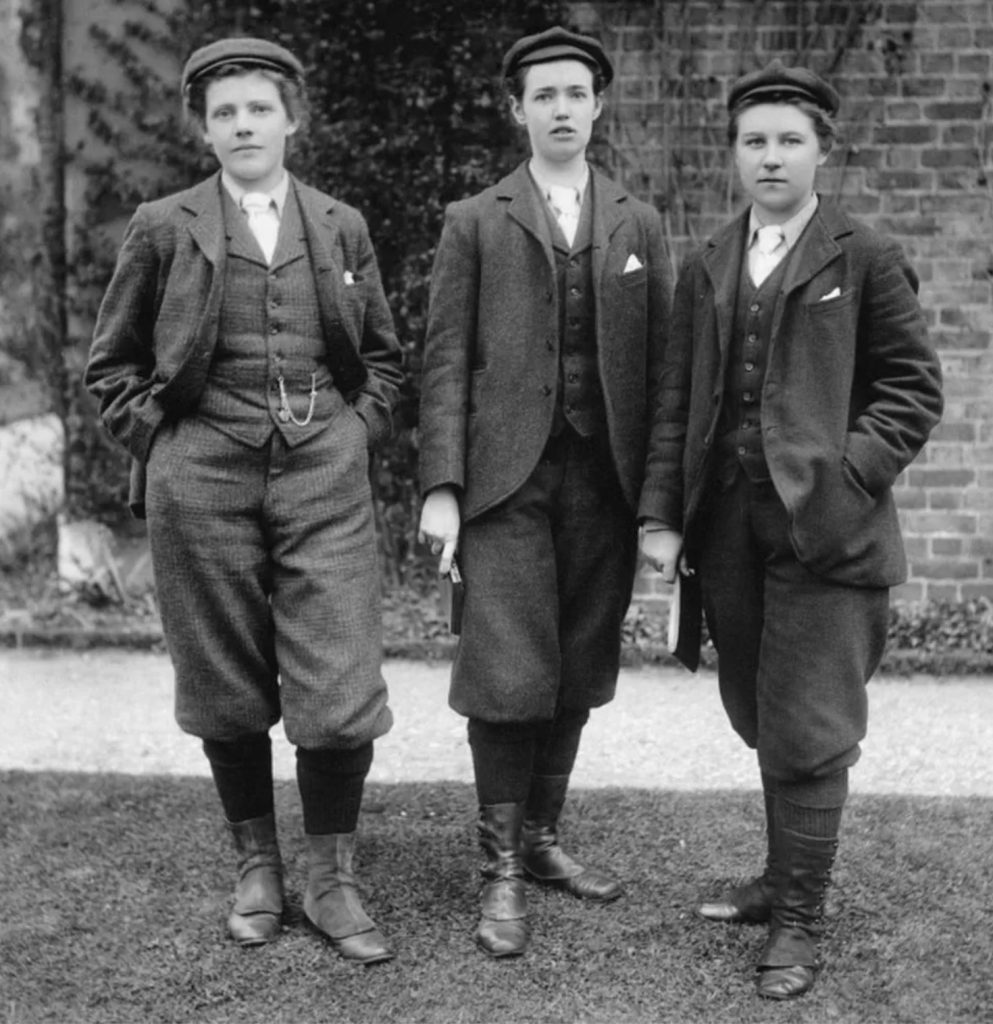
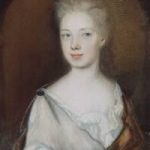
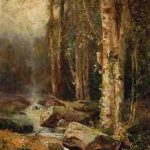
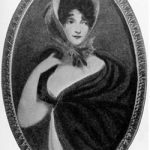
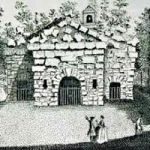
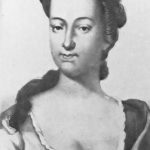
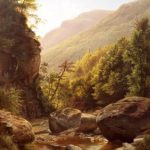
Very interesting and informative. Perhaps Marianne was one of the precursors of the plein air painting so popular today. We never can emphasize enough what those pioneer women had to go through to break down male barriers, and there still not all down.
Carolyn
I love your blog because it gives voice to so many women who are silent and almost forgotten. Women gardeners in bloomers?? LOVE IT!!! That women were even considered the weaker sex is ludicrous – just being a woman and dealing with the idiots who considered them second class took strength!
You have a true gift for bringing history to life. I have seen Marianne North's paintings, but you make the woman real.